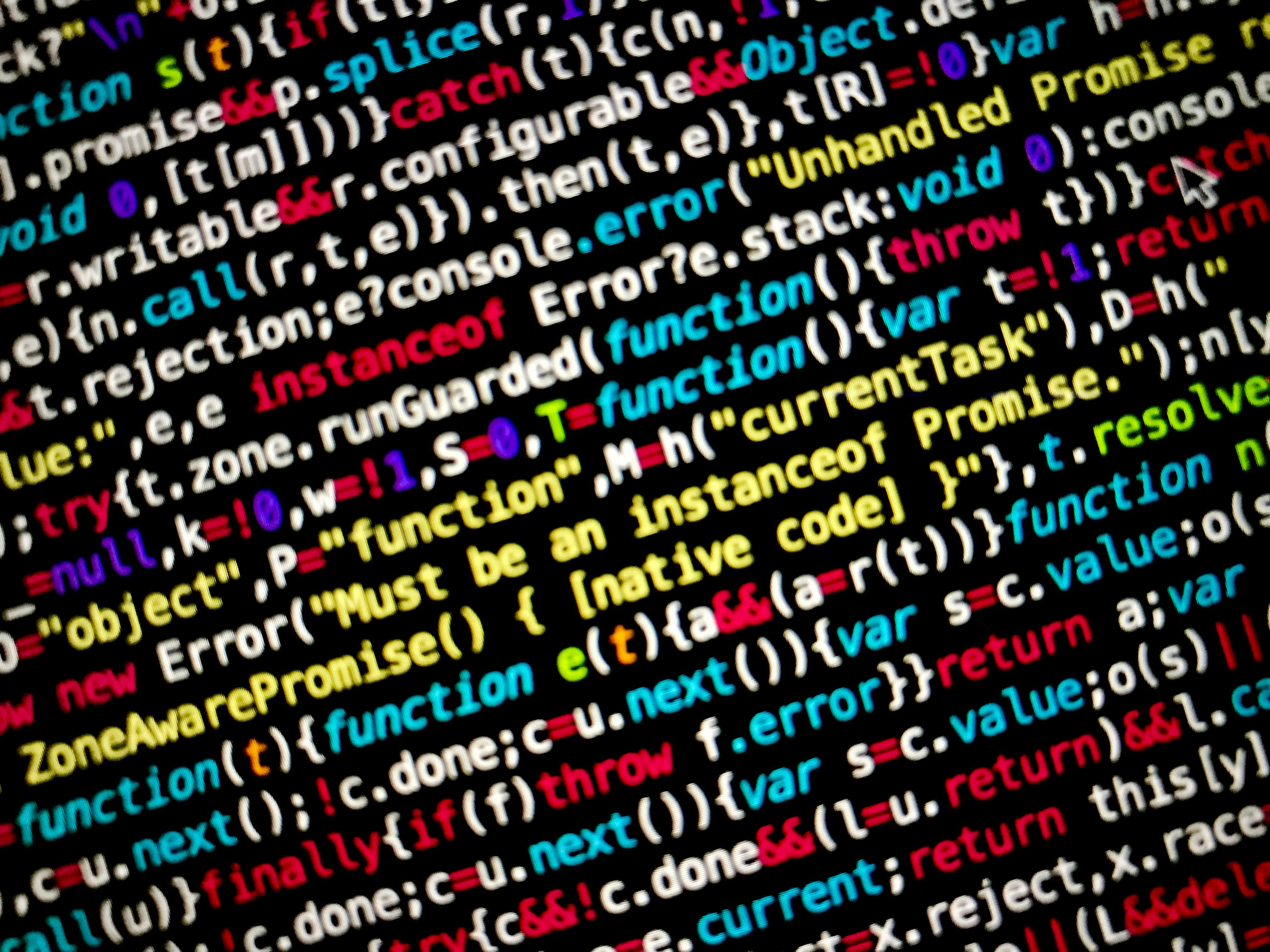Scientific Advancements in 3D Bioprinting: A Look at the Technique Used to Produce Organs and Tissues for Future Medical Applications
Modern medicine is bracing for a revolution, as 3D bioprinting technology pioneers the way to creating functional tissues and organs. By blending biological science with engineering, researchers can print life-enhancing structures, offering potential solutions in organ transplantation, drug testing, and regenerative medicine.
In essence, 3D bioprinting is a specialized offshoot of 3D printing technology. Using bio-ink, a vital substance made of living cells and biomaterials, bioprinters construct three-dimensional biological structures that mimic the intricate structures of tissues and organs. Unlike conventional 3D printers that usually work with plastics and metals, bioprinting focuses on fabricating living, functional tissue that can integrate with the human body.
The bioprinting process begins with creating a digital model, often derived from MRI or CT scans of real organs. This blueprint guides the bioprinter, similar to how an architect uses blueprints. Once the design is finalized, the bio-ink is meticulously delivered layer by layer, over which each layer is solidified—either through cooling or chemical cross-linking—to create structures as complex as blood vessels, muscles, and even skin tissue.
Several distinct methods have emerged in the realm of 3D bioprinting, each with its unique advantages:- Extrusion-based Bioprinting: This approach resembles conventional 3D printing, extruding bio-ink through a nozzle. Ideal for creating larger, more intricate structures, it is particularly useful for bioprinting larger tissues.- Inkjet Bioprinting: With this technique, bio-ink droplets are precisely deposited, reminiscent of an inkjet printer. It excels at high-speed printing of cells and biomaterials.- Laser-Assisted Bioprinting: Employing a laser to deposit bio-ink droplets, this high-resolution method allows for pinpoint accuracy in cell arrangement.
3D bioprinting presents an exciting opportunity to tackle longstanding challenges in healthcare. The most promising application lies in fabricating human organs for transplantation, addressing the ongoing issue of organ shortages and potentially saving countless lives.
Beyond organ manufacturing, bioprinting holds immense promise in drug development and testing. Traditional methods often use animals for pharmaceutical trials, but bioprinted tissues can provide a more accurate model of human responses, leading to the development of safer and more effective drugs.
Despite its potential, 3D bioprinting encounters several hurdles, including ethical concerns over the creation of potentially sentient bioengineered tissue and the technical challenge of ensuring vascularization—the creation of a network of blood vessels within printed organs to sustain them. Additionally, the regulatory landscape needs to be adapted to accommodate these new technologies, necessitating new frameworks for oversight.
As the technology develops, biologists, engineers, ethicists, and policymakers must collaborate to fully actualize 3D bioprinting's potential. This unity could lead to unprecedented advancements in regenerative medicine, offering solutions for previously unaddressed medical challenges.
Breakthroughs in bioprinting are unfolding rapidly, including the use of ultrasound to print tissues directly inside the body without surgery, and the development of multi-material and 4D printing methods that increase complexity and mimic natural tissues more accurately. With persistent innovations and a focus on ethical considerations, the future looks bright for 3D bioprinting's transformative role in medicine.
- The blending of biological science with engineering in 3D bioprinting presents a potential solution for medical-conditions like organ transplantation, drug testing, and regenerative medicine, contributing significantly to health-and-wellness.
- By constructing life-enhancing structures that mimic the intricate structures of tissues and organs, 3D bioprinting technology, with its focus on fitness-and-exercise and technology, could revolutionize modern medicine and tackle longstanding challenges in health-and-wellness.
- Collaboration among biologists, engineers, ethicists, and policymakers could lead to unprecedented advancements in medical-conditions like regenerative medicine, and solutions for previously unaddressed health-and-wellness challenges, thanks to the potential offered by 3D bioprinting technology.






